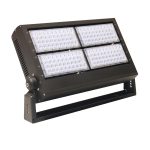Transforming your White LED Lights: A Guide to Making Them Warmer

Lighting is an essential aspect of any home or office. The type of lighting you choose can either enhance or detract from the overall ambiance of a space. One trend that has become increasingly popular in recent years is the use of white LED lights. While these lights are energy-efficient and long-lasting, they can sometimes have a harsh and cold feel. Fortunately, there are ways to transform your white LED lights and make them warmer, creating a more inviting and cozy atmosphere. In this guide, we will explore the different methods you can use to make your white LED lights warmer. Whether you want to create a warm and cozy living room or a relaxing bedroom, these tips will help you achieve the desired effect. From changing the color temperature of your bulbs to adding warm-toned accessories, we’ll cover everything you need to know to transform your white LED lights and create a space that feels inviting and comfortable. So, if you’re ready to take your lighting to the next level, let’s get started!
Understanding the Science Behind LED Lights
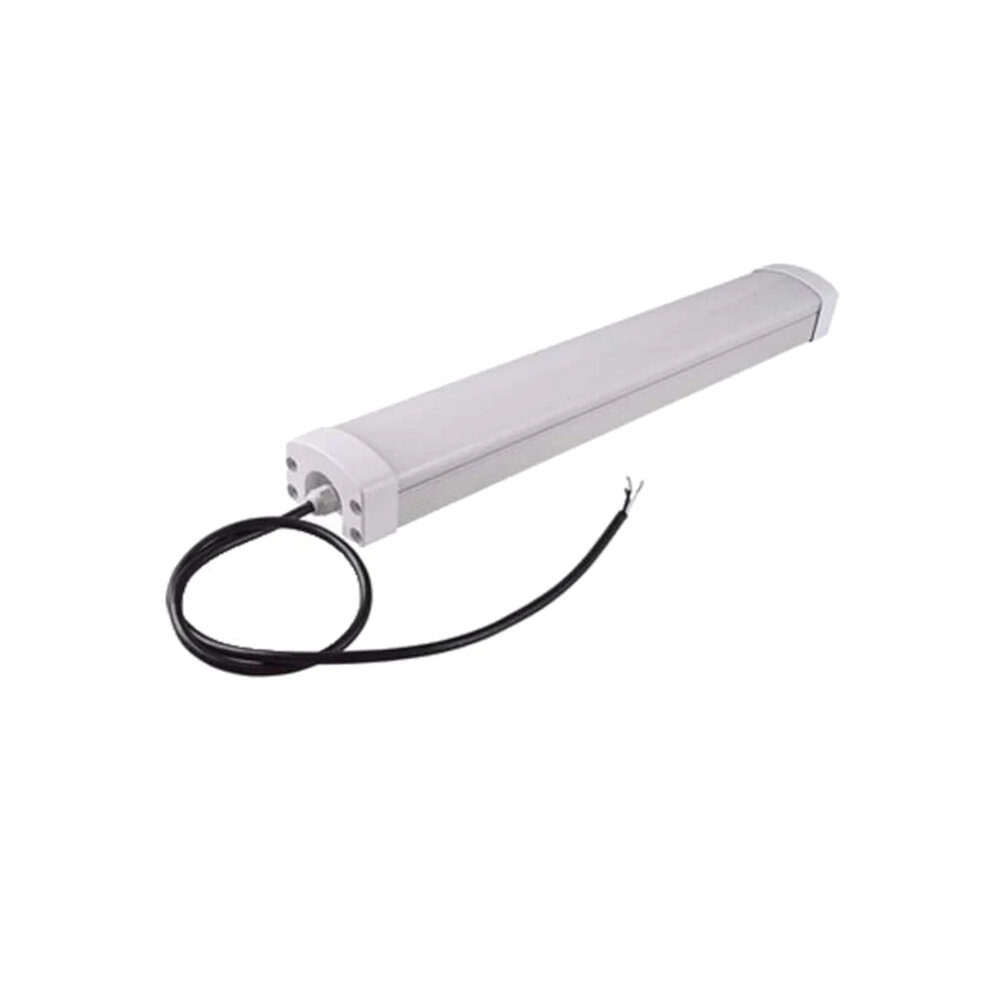
LED lights are becoming increasingly popular in the lighting industry due to their energy efficiency and longevity. However, understanding the science behind LED lights is crucial for optimizing their performance. LEDs (light-emitting diodes) are semiconductor devices that convert electricity into light. They work by passing an electrical current through a semiconductor material, which then emits photons (light particles). Unlike traditional incandescent bulbs, which produce light by heating a filament, LEDs do not generate heat, making them more energy-efficient and longer-lasting. White LED lights are popular for their bright and crisp light, but they can sometimes appear too cool or harsh for certain spaces. This is because the color temperature of white LEDs is typically between 5000K and 6500K, which is cooler than the warm, yellowish light produced by traditional incandescent bulbs. However, there are ways to transform your white LED lights into a warmer, more inviting tone. By using color filters or adding a yellow coating to the bulb, you can adjust the color temperature of your LEDs to create a more comfortable and cozy atmosphere. Understanding the science behind LED lights can help you make informed decisions about how to customize your lighting to suit your needs and preferences.
LED lights, or Light Emitting Diodes, are a type of energy-efficient lighting that has become increasingly popular in recent years. Unlike traditional incandescent bulbs, which produce light by heating a wire filament, LED lights generate light through the movement of electrons in a semiconductor material. This process allows LED lights to use less energy and last longer than traditional bulbs. LED lights come in a variety of colors, including white, which can range from cool, bluish tones to warmer, more yellow tones. By adjusting the color temperature of your white LED lights, you can create a more inviting and comfortable atmosphere in your home or workspace.
Light Emitting Diodes (LEDs) are semiconductors that emit light when electricity flows through them. They work by utilizing a combination of materials that are doped (injected with impurities) with atoms that have excess electrons and those that have holes that are missing electrons. When an electric voltage is applied to the diode, the excess electrons and holes recombine, releasing energy in the form of photons or light. The color of the light emitted depends on the type of materials used in the diode. White LEDs are made by combining a blue LED with a yellow phosphor coating, which absorbs some of the blue light and re-emits it as yellow light, resulting in a white light. By adjusting the amount and type of phosphor coating applied, the color temperature of the white light can be altered, creating warmer or cooler hues.
White LED lights appear cooler in color temperature because they emit a higher proportion of blue light compared to traditional incandescent bulbs. The blue light component in white LED lights has a higher color temperature, which makes the light appear cooler or bluer. This is due to the fact that LED lights generate light through a process called electroluminescence, where energy is converted into light. The phosphors used to create white light in LED bulbs are designed to convert some of the blue light into other colors, but this process is not perfect, resulting in a higher amount of blue light in the final output. However, there are ways to transform white LED lights to make them warmer, such as using filters or diffusers to reduce the amount of blue light and increase the amount of warm-colored light emitted.
Importance of Warmth in Lighting
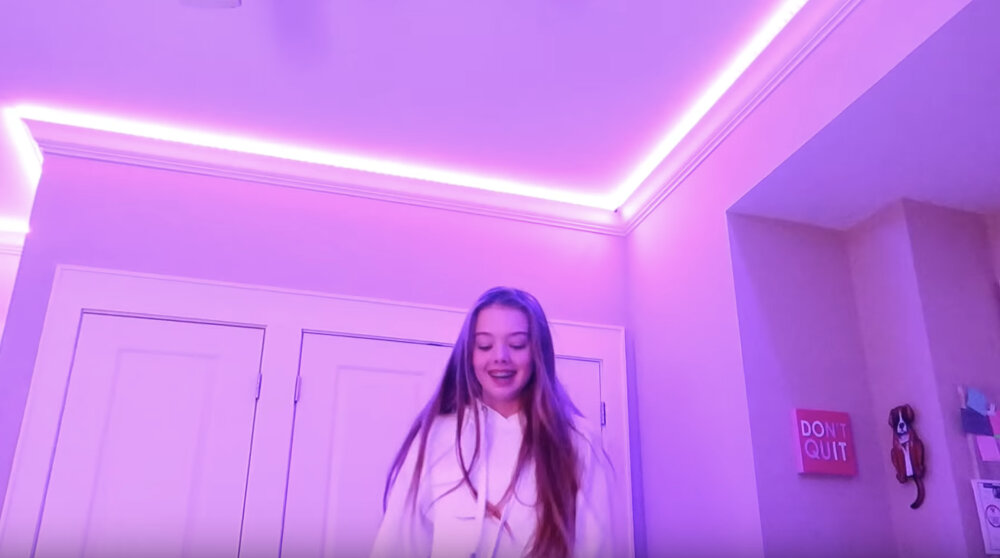
Warmth in lighting is essential to create an ambiance that stimulates relaxation, comfort, and coziness. It is no secret that the color temperature of light influences our mood and behavior significantly. That’s why it is crucial to consider the warmth of lighting in any space, whether it is a home, office, or commercial setting. The use of harsh, cool-toned lighting can cause eye strain, headaches, and even anxiety, whereas warm lighting can create a more inviting and inviting atmosphere. By transforming your white LED lights into warmer ones, you can enhance your interior design and make your space more inviting. The importance of warmth in lighting goes beyond aesthetics; it also has a psychological impact on our well-being. Studies have shown that warm lighting can improve our mood, reduce stress levels, and promote better sleep. This is because warm light mimics the natural light of the sun, which is known to have a calming effect on our bodies. By adjusting the color temperature of your LED lights, you can create a more soothing and relaxing environment that promotes overall wellness. Whether you’re looking to create a cozy living room or a calm workspace, warmer lighting can help you achieve your goals.
Warmth plays a critical role in influencing our mood and productivity, and this is evident from our daily experiences. Exposure to warm environments has been shown to enhance positive emotions such as joy, comfort, and relaxation, whereas, exposure to cold environments often triggers negative emotions such as sadness, anxiety, and stress. Moreover, warm environments tend to boost our productivity by increasing our energy levels, improving our cognitive performance, and reducing our distractions. In fact, studies suggest that people tend to be more productive and creative in warmer environments as compared to colder ones. Therefore, transforming your white LED lights into warmer ones can significantly impact your mood and productivity, and it is an excellent way to create a more comfortable and welcoming atmosphere in your home or office.
Warm lighting is preferred in certain settings because it creates a cozy and inviting atmosphere. When we think of warm lighting, we often associate it with the soft glow of a candle or a fireplace, which instantly makes us feel relaxed and comfortable. This type of lighting is ideal for spaces such as bedrooms, living rooms, and restaurants, where people want to unwind and enjoy their surroundings. Warm lighting also helps to enhance the colors and textures of decor, making a space feel more vibrant and visually appealing. In contrast, cool lighting can feel harsh and clinical, which is why it is often used in commercial spaces or areas where productivity is a priority. By transforming your white LED lights into warmer tones, you can create a more welcoming and cozy environment in your home or business.
Methods for Making LED Lights Warmer
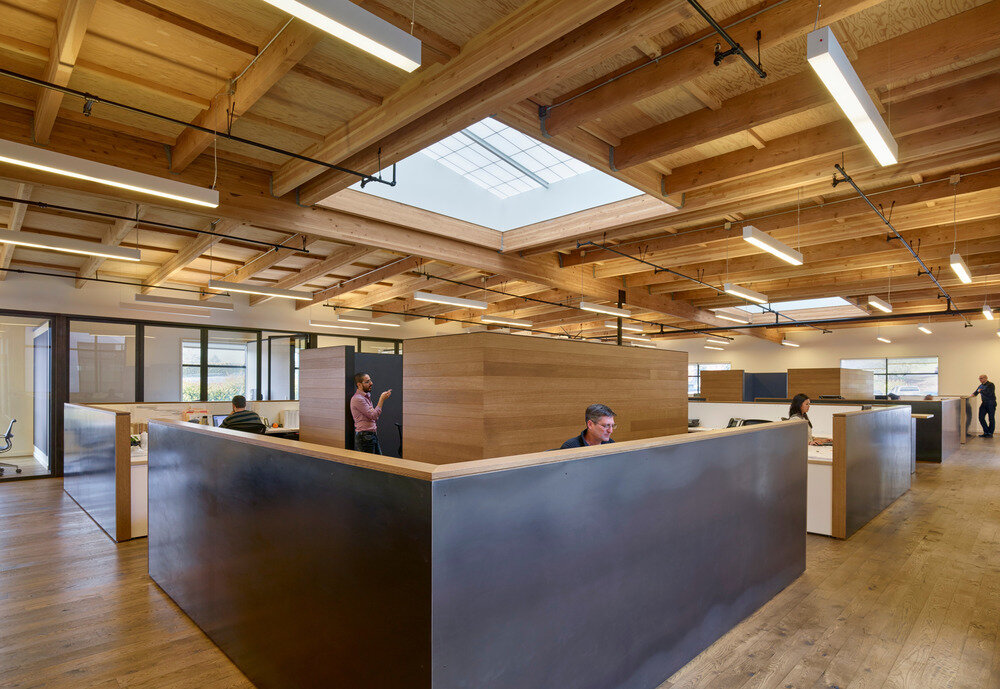
In recent years, LED lights have become increasingly popular for their energy efficiency and long lifespan. However, many people find the cool, bluish-white light emitted by LED lights to be cold and uninviting. Fortunately, there are several methods for making LED lights warmer in color temperature, creating a more inviting and comfortable atmosphere. One method for making LED lights warmer is to use a color filter. These filters can be applied directly to the LED light bulb or installed on the fixture itself. Color filters come in a variety of colors and densities, allowing you to customize the warmth of your LED lights to your liking. This method is relatively inexpensive and easy to implement, making it a popular choice for those looking to warm up their LED lights without replacing them entirely. However, it is important to note that color filters can reduce the light output of your LED lights, so it is important to choose the right filter density for your needs. Another method for making LED lights warmer is to use a warmer-colored LED bulb. These bulbs are designed to emit light in a warmer color temperature range, typically between 2700K and 3000K. They are available in a variety of shapes and sizes to fit most lighting fixtures. While this method is more expensive than using a color filter, it provides a more permanent solution and does not reduce the light output of your LED lights. Additionally, warmer-colored LED bulbs are more energy-efficient than traditional incandescent bulbs, making them a cost-effective solution in the long run.
Color filters or gels can be an effective way to transform the cold, stark light emitted by white LED lights into a warmer, more inviting glow. These filters work by altering the color temperature of the light, shifting it from the harsh blue end of the spectrum to the warmer yellow and red tones that are more conducive to creating a cozy and inviting atmosphere. There are a wide range of color filters and gels available, from subtle amber tones to rich, deep reds, so it’s easy to find the perfect hue to suit your needs. By selecting the right filter or gel and placing it over your LED lights, you can create a warm, inviting ambiance that is perfect for relaxing or entertaining.
To create a cozy and inviting ambiance, you may consider applying warm paint or tint to your white LED lights. This simple and affordable solution can completely transform the atmosphere of any room. By adding a yellow, orange, or red tint, you can mimic the warm glow of traditional incandescent bulbs, which emit a more comforting and inviting light. The warm hue can also help to reduce eye strain and create a more relaxing environment, making it perfect for use in bedrooms, living rooms, or any other space where you want to unwind and feel at ease. So, if you’re looking to create a more welcoming and comfortable atmosphere in your home or office, consider giving your white LED lights a warm makeover.
Transforming your white LED lights into warmer options can make a significant difference in the ambiance of your space. While LED bulbs are energy-efficient and have a longer lifespan, their cool, bluish light can sometimes feel harsh or clinical. By replacing them with warmer options, you can create a more inviting and cozy atmosphere. Warm LED bulbs have a color temperature of around 2700K to 3000K, which emits a soft, yellowish light that is similar to traditional incandescent bulbs. They are perfect for creating a relaxing and comfortable environment in your home or office space. So, if you want to achieve a warm and welcoming atmosphere, swapping your LED bulbs with warmer options is an excellent place to start.
DIY Guide to Making LED Lights Warmer
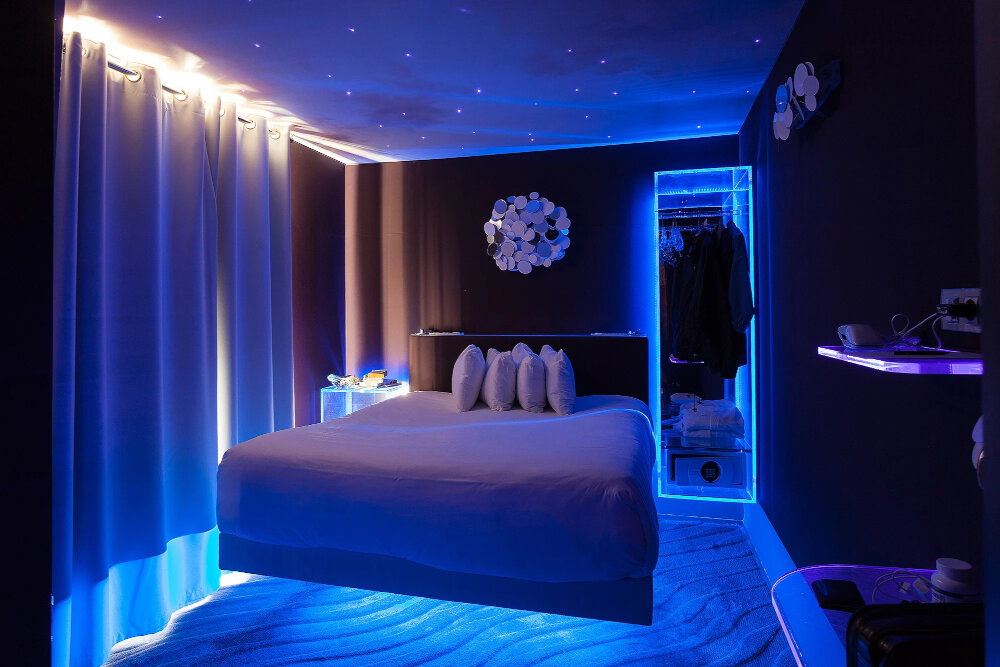
If you’re tired of the harsh, cold light that your white LED lights are giving off, don’t worry, you don’t have to replace them entirely. Instead, you can make them warmer with a few simple DIY steps. The color temperature of LED lights is measured in Kelvins (K), and white LED lights typically have a color temperature of around 5000K-6500K, which is considered cool or daylight. However, you can lower the color temperature to make the light warmer, which is perfect for creating a cozy and inviting atmosphere in your home. To make your LED lights warmer, you can use color filters or gels. Color filters are made of thin plastic sheets that are designed to change the color of light. You can find color filters in various shades of yellow and orange, which can help warm up the color temperature of your white LED lights. However, if you don’t want to buy color filters, you can also use gels from old theater or photography lighting equipment. To use the filters or gels, simply cut them to size and attach them to the LED light with tape or glue. Alternatively, you can use warm-colored LED bulbs or add dimmer switches, which can also help lower the color temperature and create a warmer light.
Transforming your white LED lights into warmer hues can be achieved by applying color filters or gels. Here’s a step-by-step guide on how to do it. Firstly, you need to identify the color temperature you want to achieve. You can choose from a wide variety of color filters or gels, including warm amber, orange, or red. Next, measure the size of your LED light and select the appropriate size of filter or gel. Cut the filter or gel to the size of your LED light and attach it to the surface using tape or adhesive. Be careful not to cover the ventilation holes to avoid overheating. Finally, turn on your LED light and enjoy the warm and cozy ambiance it creates. With these simple steps, you can easily transform your white LED lights into warmer hues that are perfect for any occasion.
If you’re looking to transform your white LED lights into something warmer, painting or tinting them can be a great option. Here are a few tips to keep in mind. Firstly, it’s important to choose the right type of paint or tint based on the material of your LED lights. For example, if your lights are made of silicone, you’ll want to use a silicone-based tint or paint. Secondly, make sure to clean your LED lights thoroughly before applying any tint or paint to ensure it adheres properly. Lastly, start with a small amount of tint or paint and gradually build up to your desired level of warmth. Remember, it’s easier to add more than to remove excess. With these tips in mind, you can easily transform your white LED lights into a warmer and more inviting atmosphere.
Transforming your white LED lights into warmer options can be a simple process that can make a significant difference in the ambiance of your home or office. While white LED bulbs are energy-efficient and long-lasting, they can often cast a cold and clinical light that is not suitable for all situations. To replace your LED bulbs with warmer options, there are several factors to consider, such as the color temperature of the new bulbs, the brightness level, and the type of fixture you are using. Warm light can create a cozy and welcoming atmosphere, making it perfect for relaxing, socializing, and setting the right mood in any room. With a little research and the right approach, you can easily transform your LED lights and enjoy a more inviting environment that suits your needs and preferences.
Warm lighting is essential for creating a cozy and inviting atmosphere in any space. White LED lights are often too harsh and can make a room feel sterile or clinical. By transforming your white LED lights into warmer tones, you can completely change the mood of a room. Warm lighting is also beneficial for promoting relaxation and reducing stress, making it ideal for use in bedrooms and living rooms. Additionally, warm lighting can enhance the appearance of skin tones and make a space feel more comfortable and welcoming. Overall, incorporating warm lighting into your home is a simple and effective way to create a more welcoming and comfortable living space.
With the increasing popularity of LED lights, it’s essential to find ways to make them warmer for a more comfortable ambiance. One way to achieve this is by using color filters to adjust the color temperature of the LED lights. Another method is by using dimmer switches to control the light intensity and create a more cozy atmosphere. Additionally, using LED bulbs with a warmer color temperature or adding a yellow or orange-tinted bulb cover can help to create a more inviting and comfortable light. Lastly, incorporating warm-colored accessories such as lampshades or wall paint can also contribute to a warmer and more inviting ambiance. By experimenting with these methods, you can transform your white LED lights into a warm and welcoming space.
In conclusion, transforming your white LED lights into a warmer color temperature can be a fun and rewarding DIY project. Not only does it add a cozy and inviting atmosphere to any space, but it also has a positive impact on our health and well-being. Whether you choose to use color filters, paint, or replace the bulbs altogether, there are plenty of options to suit your preferences and budget. However, it’s important to keep in mind that altering your LED lights may affect their performance and longevity, so it’s recommended to consult with a professional before making any significant changes. With a little creativity and experimentation, you can transform your harsh white LED lights into a warm, comforting glow that enhances your home or office environment.
Conclusion
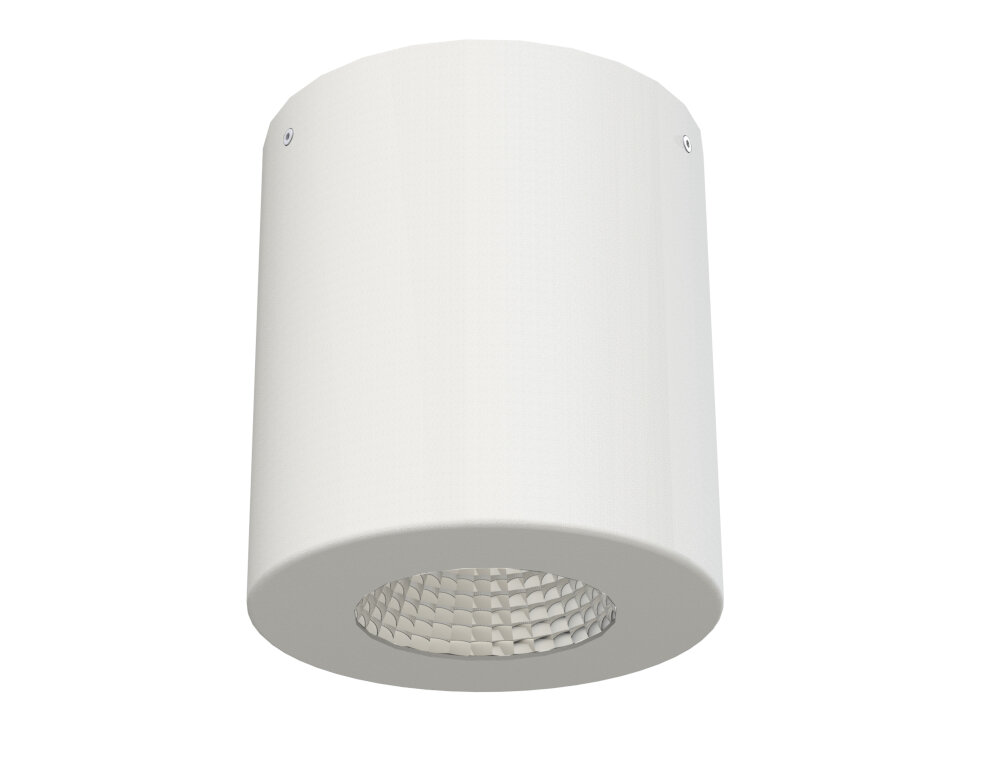
In conclusion, transforming your white LED lights to a warmer tone is a simple and cost-effective way to enhance the ambiance of your space. By following the guide outlined above, you can achieve a more inviting and cozy atmosphere in your home or office. The process involves selecting the right LED bulbs, adjusting color temperature, and considering lighting fixtures and placement. Embracing warmer light can have a profound impact on your mood and well-being, promoting relaxation, comfort, and productivity. So, why settle for cold and uninviting lighting when you can easily transform your space into a warm and welcoming oasis? Take the first step towards a more inviting environment and start experimenting with your LED lights today.

